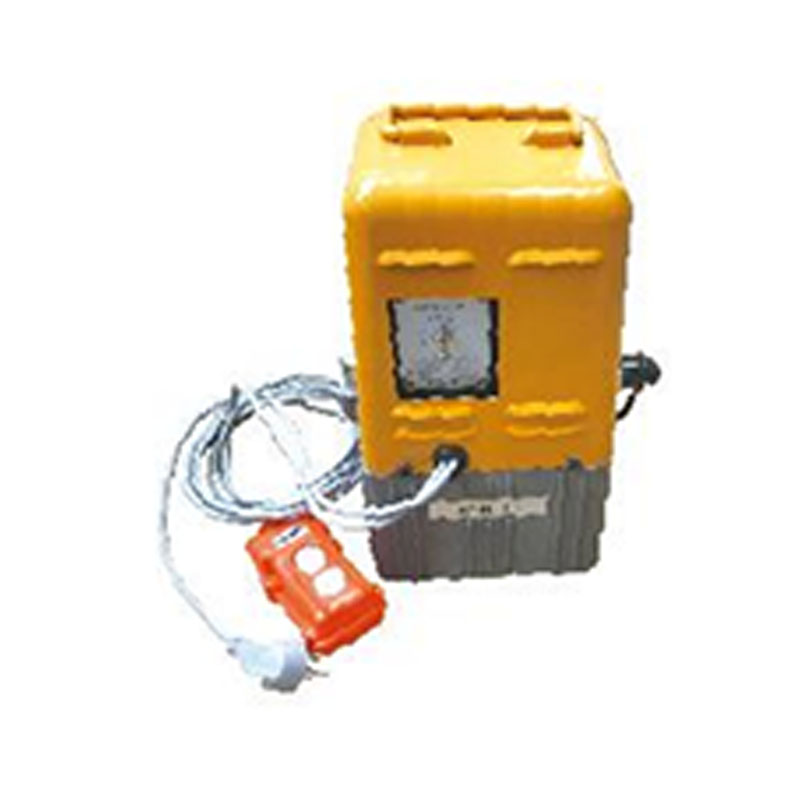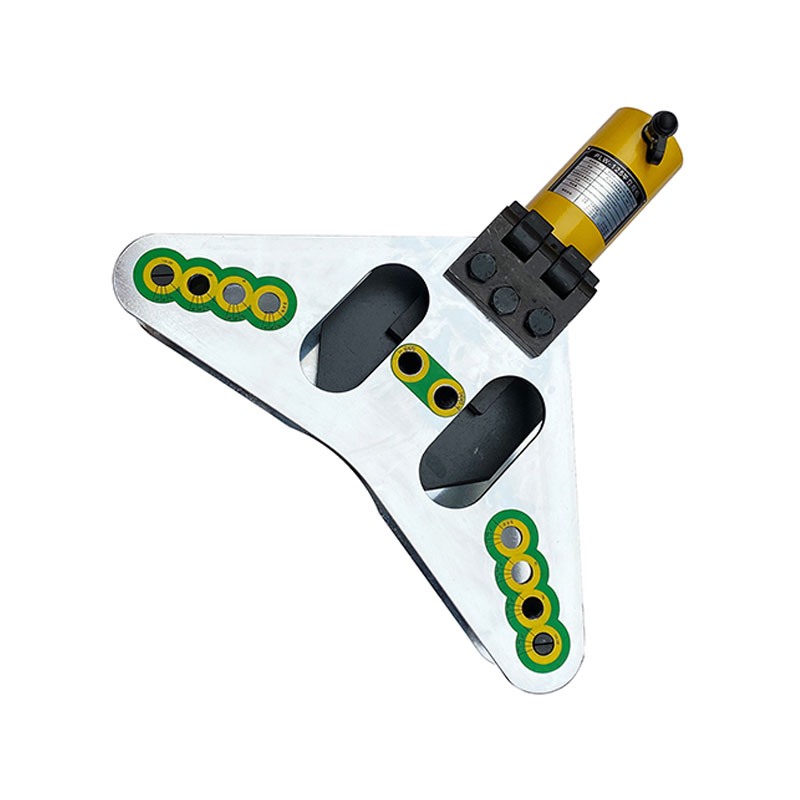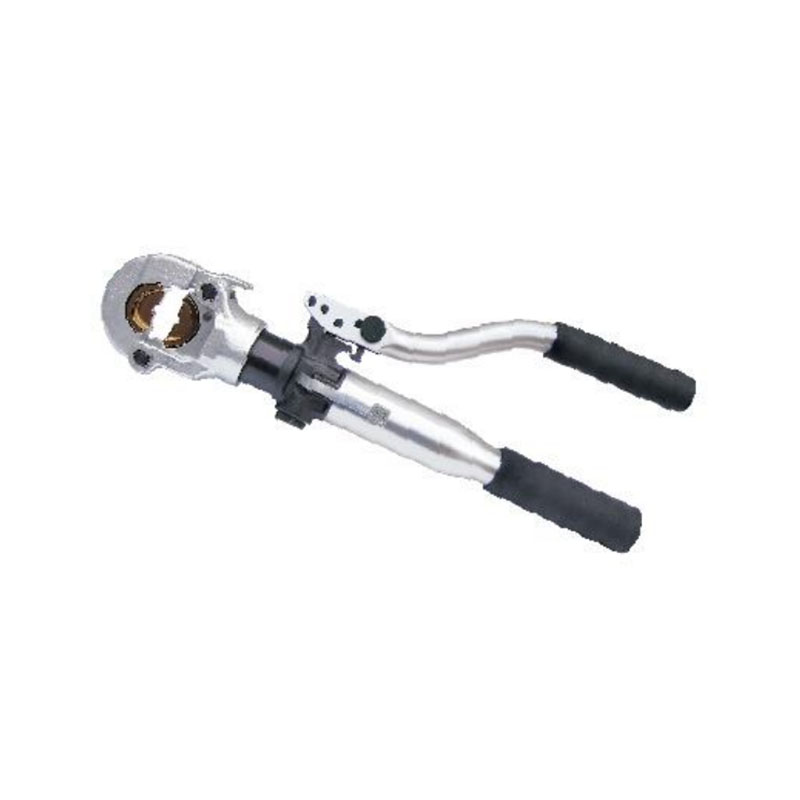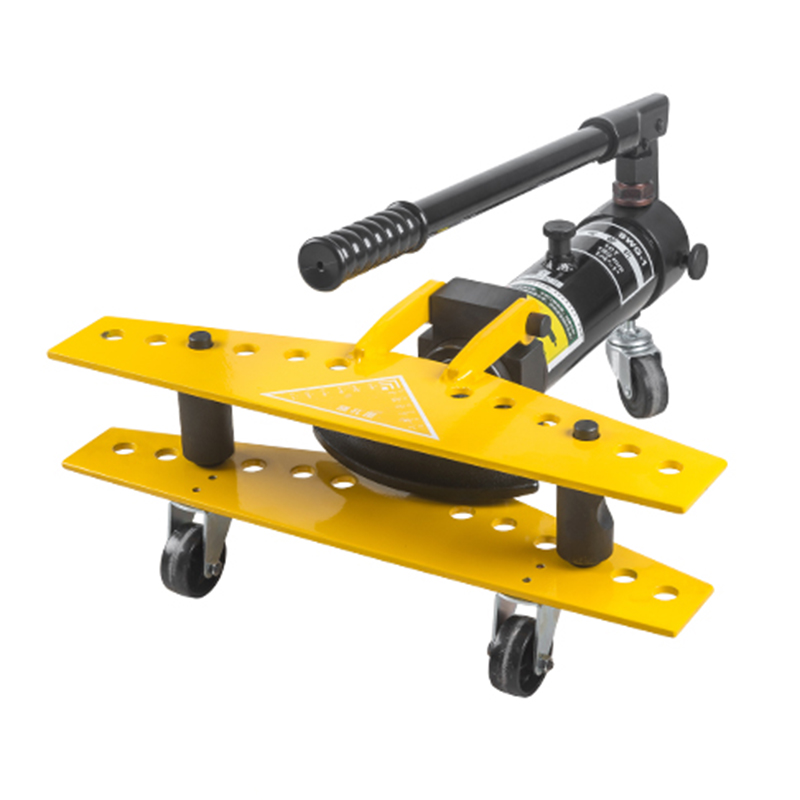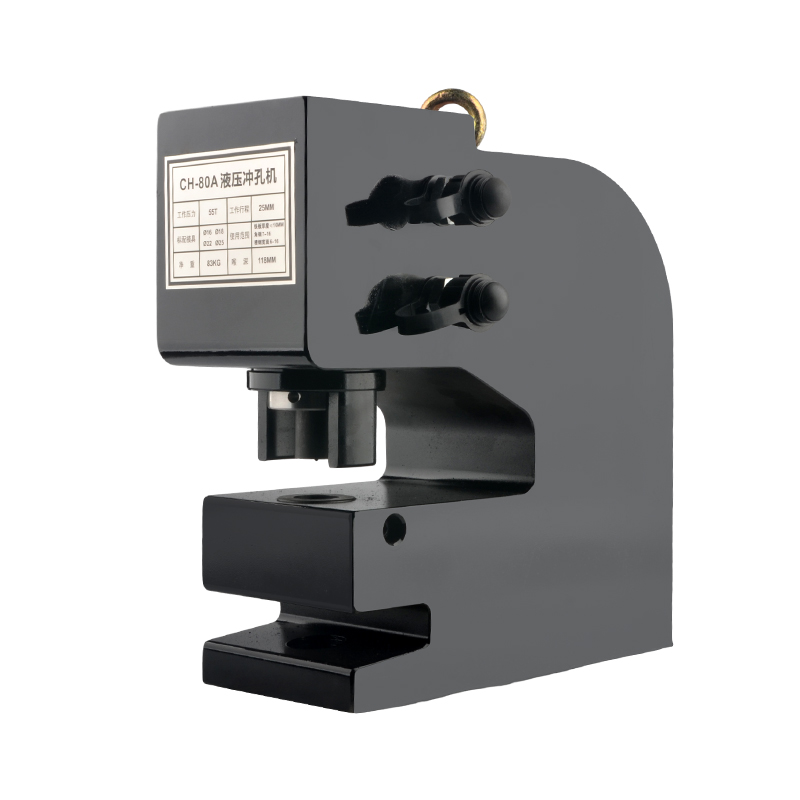CR-75 split hydraulic chamfering machine, capable of cutting right angles, 45 ° oblique angles, and circular arc angles, with 75 # angle iron
 2025.05.23
2025.05.23
 Industry News
Industry News
In the steel fabrication industry, cutting angle steel is a common task that requires precision, speed, and durability. Two popular types of machines are often used: the traditional mechanical angle steel cutter and the modern Hydraulic Angle Steel Cutter. While both serve the same basic purpose, the Hydraulic Angle Steel Cutter offers several distinct advantages that make it a preferred choice in many industrial settings.

Cutting Power and Efficiency
One of the significant advantages of the Hydraulic Angle Steel Cutter is its cutting power. Thanks to hydraulic pressure systems, this cutter can generate much higher force than mechanical models. This allows it to slice through thicker and tougher steel with less effort and in less time. Mechanical cutters often rely on gears, levers, or crank systems, which may limit the range of materials they can handle and increase the workload on the machine operator. In contrast, hydraulic cutters provide consistent and high-output cutting performance with minimal manual intervention.
Greater Cutting Precision and Clean Edges
Hydraulic systems provide smooth and controlled movements, causing more accurate cuts. The Hydraulic Angle Steel Cutter typically offers higher precision compared to mechanical versions, which can be prone to jerky or uneven motions due to mechanical wear and tear. This precision is especially important in industries like construction or manufacturing, where poorly cut steel can cause structural issues or misalignments during assembly. Additionally, cleaner edges from hydraulic cutting reduce the need for secondary finishing work, saving time and resources.
Enhanced Versatility in Application
Another key benefit is the versatility of the Hydraulic Angle Steel Cutter. It is capable of handling a wider range of materials, sizes, and cutting angles than its mechanical counterpart. Many hydraulic models come with adjustable settings that allow operators to quickly adapt to different cutting requirements without needing to change out tools or make significant adjustments. This flexibility is ideal for workshops or construction sites where various cutting tasks are performed on a daily basis.
Reduced Operator Fatigue and Higher Safety
Unlike mechanical cutters that may require considerable manual force or repetitive motions, the Hydraulic Angle Steel Cutter reduces physical strain on the operator. The machine’s hydraulic system handles the heavy lifting, making it easier to operate for extended periods. Many models are also equipped with enhanced safety features such as emergency stop buttons, pressure regulation systems, and safety guards, which decrease the risk of injury. These safety improvements are particularly valuable in high-volume or high-risk work environments.
Lower Maintenance and Longer Service Life
Mechanical cutters often involve many moving parts that are subject to friction, wear, and breakage. This means more frequent maintenance and potential downtime for repairs. In comparison, the Hydraulic Angle Steel Cutter generally has fewer mechanical components and benefits from the lubricating and shock-absorbing properties of hydraulic fluid. This results in less wear and tear, lower maintenance costs, and a longer service life. With proper care, a hydraulic cutter can operate reliably for years under heavy use.
Conclusion
While both mechanical and hydraulic machines have their place in steel cutting operations, the Hydraulic Angle Steel Cutter offers clear advantages in terms of power, precision, versatility, safety, and durability. These benefits make it the preferred choice for modern industrial applications that demand high efficiency and consistent quality. For companies looking to increase productivity and reduce long-term operating costs, upgrading to a hydraulic solution is a smart investment.



 Español
Español русский
русский
